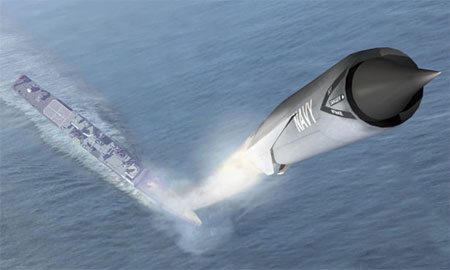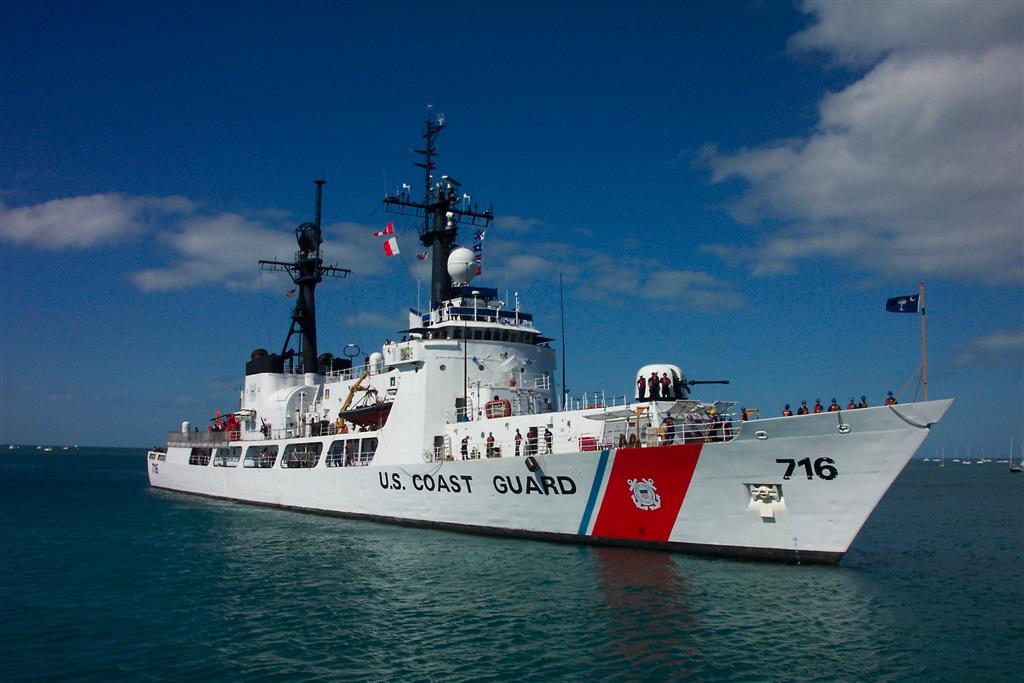Lockheed Martin has received two contracts totaling $218 million for the Demonstration Phase of the Defense Advanced Research Project Agency’s (DARPA) Long Range Anti-Ship Missile (LRASM) program.
The program encompasses the rapid development and demonstration of two distinct variants of the LRASM missile: LRASM-A is a stealthy air-launched variation and LRASM-B is a high-speed ship-launched missile.
Lockheed Martin’s LRASM-A team received a $60.3 million cost plus fixed fee contract to execute two air-launched demonstrations, leveraging its Joint Air-to-Surface Standoff Missile – Extended Range (JASSM-ER) experience and demonstrating Navy and Air Force tactical aircraft employment.
Lockheed Martin’s LRASM-B team received a $157.7 million cost plus fixed-fee contract to complete four Vertical Launch System (VLS) demonstrations, proving applicability to Navy surface combatants. Both LRASM-A and LRASM-B designs plan to support air-launch and VLS-launch configurations.
“Both of our LRASM solutions will deliver extraordinary range, willful penetration of ship self defense systems and precise lethality in denied combat environments,” said Rick Edwards, vice president of Tactical Missiles and Combat Maneuver Systems at Lockheed Martin Missiles and Fire Control. “The maturity of these weapons and technologies allows near term transition to Navy magazines at an affordable price. These are low risk, practical options with the Navy initiating studies of anti-surface warfare capability.”
The joint DARPA/U.S. Navy LRASM program was initiated in 2009 to deliver a new generation of highly capable anti-ship weapons. Current anti-ship weapons possess limited range and lethality. As at-sea warfare advances, a new generation of standoff anti-ship weapons systems are needed.
During Phase 1 of the program, preliminary designs of the LRASM-A and LRASM-B variants were successfully completed by Lockheed Martin Missiles and Fire Control. LRASM-A leverages the state-of-the-art JASSM-ER airframe, and adds additional sensors and subsystems to achieve a stealthy and survivable subsonic cruise missile. LRASM-B leverages prior ramjet development activities and a suite of supporting sensors and avionics to achieve a supersonic cruise missile with balanced speed and stealth for robust performance.
Phase 2 of the program will continue the development of both missiles and culminate in flight demonstrations of tactically relevant prototypes of both missiles, including a common sensor system from BAE Systems.
“Lockheed Martin is proud to offer our technology for Navy solutions,” said Glenn Kuller, director of Tactical Missiles Advanced Programs at Lockheed Martin Missiles and Fire Control. “These LRASM contracts will demonstrate two mature tactical missiles for new generation anti-surface warfare weapons capability; one low and stealthy, the other high and fast with moderate stealth.”
Headquartered in Bethesda, Md., Lockheed Martin is a global security company that employs about 133,000 people worldwide and is principally engaged in the research, design, development, manufacture, integration and sustainment of advanced technology systems, products and services. The Corporation’s 2009 sales from continuing operations were $44.0 billion.











